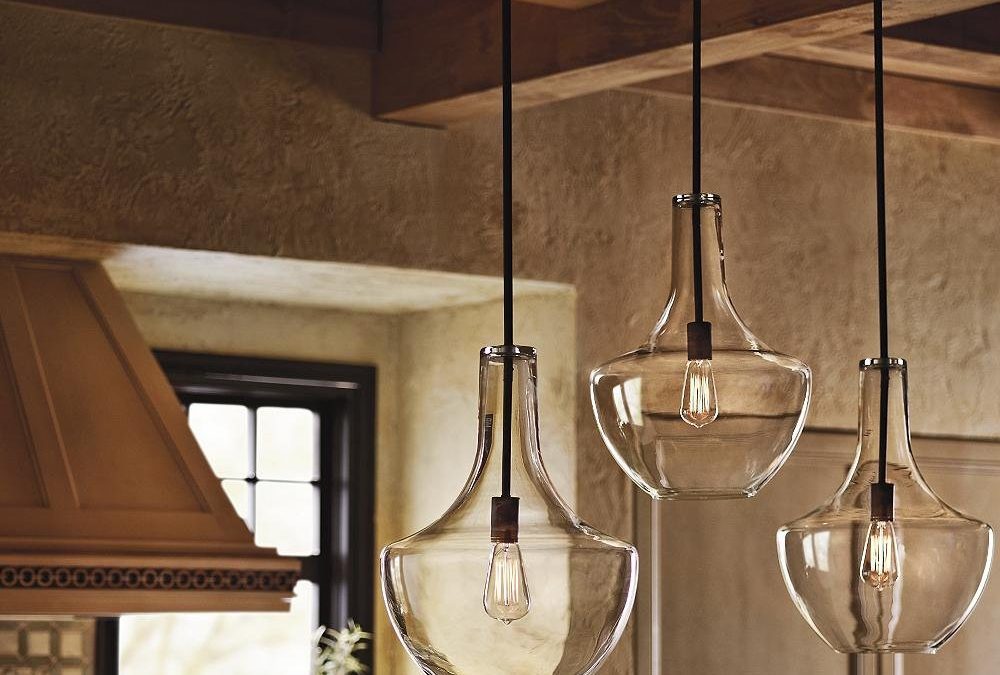Lighting—it’s all about lumens. But what are lumens, exactly? And how do you understand what are lumens in light bulbs and light fixtures? In addition to being the Internet’s premier modern lighting and design store, lumens is now THE way to find out how bright a lighted bulb or integrated LED lighting fixture is. And if you want a fixture with bright, luminous personality, it’s the key to choosing the perfect piece for your lighting scheme.
The lumens definition is: “a unit of luminous flux in the International System of Units, that is equal to the amount of light given out through a solid angle by a source of one candela intensity radiating equally in all directions.”
In short…
Lumens equals brightness!
And watts do not. Not that watts are bad, but they measure energy use, not light output. With new, energy-efficient LED technology, we can no longer rely upon wattage to indicate how bright a bulb is. See how to measure lumens below:
| HOW MANY LUMENS DO YOU NEED? MORE LUMENS = MORE LIGHT | ||||
|---|---|---|---|---|
| If you used to buy this in incandescent | Look for this much light in lumens | LED (most efficient) | CFL (more efficient) | Halogen (more efficient incandescent) |
| 100 W | 1600 | up to 22 W | up to 26 W | up to 72 W |
| 75 W | 1100 | up to 20 W | up to 23 W | up to 53 W |
| 60 W | 800 | up to 12 W | up to 15 W | up to 43 W |
| 40 W | 450 | up to 9 W | up to 11 W | up to 29 W |
| Lumens vs Watts: Output and wattages based on most common products available for each medium screw-based light bulb. Actual light output may vary by product. | ||||
Use the chart above to determine exactly how many lumens are in a watt and vice versa. This should provide you with a good understanding of how bright 120 lumens is vs. a fixture with 5000 lumens. Additionally, you can use the color temperature chart to help you in choosing the best lighting for your application.
How Do I Read the New Light Bulb Label?
Kelvin, lumens, watts, The changes in lighting regulations and technologies mean that there are new lighting terms to learn. For example, while we’ve previously looked to watts to learn a bulb’s brightness, that information is now presented in lumens.

How Do I Choose an Energy-Efficient Light Bulb?
If you love incandescents, look to halogen.It is not illegal to own and use the existing standard incandescent bulbs, but once retailers’ supplies are depleted, that’s it. But the incandescent bulb isn’t dead. Moving forward, the general service bulbs that will be available will include halogen light bulbs, which is actually a subcategory of incandescent bulbs. They are 25% more energy efficient than standard incandescents, and they can last up to three times longer. Also, like standard incandescents, they’re dimmable and come in a range of sizes, shapes and colors. Available halogen options and their discontinued standard incandescent equivalents are as follows:
- 29 watts halogen = 40 watts incandescent
- 43 watts halogen = 60 watts incandescent
- 53 watts halogen = 75 watts incandescent
- 72 watts halogen = 100 watts incandescent
Look for the ENERGY STAR label.Especially in LEDs, the manufacturing quality of the bulb varies, with lesser bulbs not lasting as long as their better-built counterparts. Lighting experts currently recommend only buying ENERGY STAR-qualified LED light bulbs, as they must pass numerous quality tests to earn that designation.
Look at the bulb’s Color Rendering Index (CRI).This will help with CFLs especially. You want your fluorescents to have a good CRI, which is the measurement of how true the color of an object looks under the bulb’s light. A good CRI for most indoor residential applications is 80 or above. A really good one is 90 or above, which is an excellent choice for bathroom vanity lights. All halogen/incandescent light bulbs have a CRI at or near 100.
Check the color temperature.On new light bulb labels, you can find the bulbs’ color temperature, measured on the Kelvin scale. The warmer light colors associated with incandescents are on the lower end of the scale. So, if that’s your preference, look for LEDs and CFLs with light color temperatures in the 2700K to 3000K range. Pure white light hovers around 4000K, while cooler temperatures that simulate daylight are 5000K or higher.
Forget watts…look for lumens.Why? Lumens equal brightness; watts do not. (Watts measure energy used.) CFLs and LEDs use much fewer watts than incandescents with the same brightness. As a rule, you’ll replace a standard 75-watt bulb with an energy-saving bulb of about 1100 lumens. On the low end, replace a 40-watt bulb with an energy-saving bulb of about 450 lumens. Rely on new bulb labeling standards to show lumen output and help you choose the right brightness for your needs.
Reference :lumens
